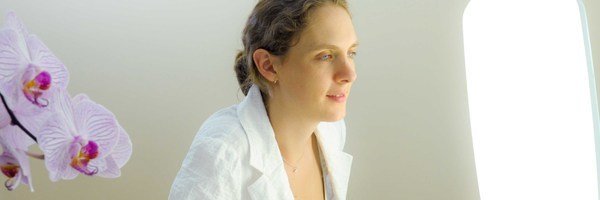
Light Therapy
Light influences our "internal clock", it controls the production and distribution of the hormone melatonin in the brain, which in turn regulates our day-night rhythm. In psychiatric disorders, especially affective disorders such as depression, the day-night rhythm can be severely impaired. Light therapy can be used to positively influence the melatonin cycle and thus the day-night rhythm. Light therapy was initially developed for seasonal affective disorder or the so-called "winter depression". Subsequently, it was recognized to benefit various other illnesses and so its scope was extended.
The chronotype of a patient can be determined with a special test. This provides information about the optimal time of day for carrying out light therapy. Treatment involves simulating daylight with lighting devices at an intensity of 10,000 lux. Treatment begins with a 30-minute exposure to the light at the determined optimal time. The course of therapy is monitored.